I'm trying my first real project with an arduino of my own design/idea. I come from a CS background this EE stuff is both exciting and scary.
I'm trying to wire up a 3.5mm female audio jack to the Arduino, via my breadboard.
I've just finished soldering some wires to the jack (my first time with the solder) but now I have hit an issue I didn't think of: the wire I'm using is made of 10's of little copper wires, this seems normal enough, but I've only ever plugged in larger solid single-thread wires in to my arduino.
Do I somehow have to fuse the little ones together to be able to plug this in? Or can I just kinda shove it in?
END NOTE: Thanks every one for your suggestions! Thanks guys, and sorry for the lack of proper terminology, as I said, I'm from CS and very new to any thing to do with EE.
